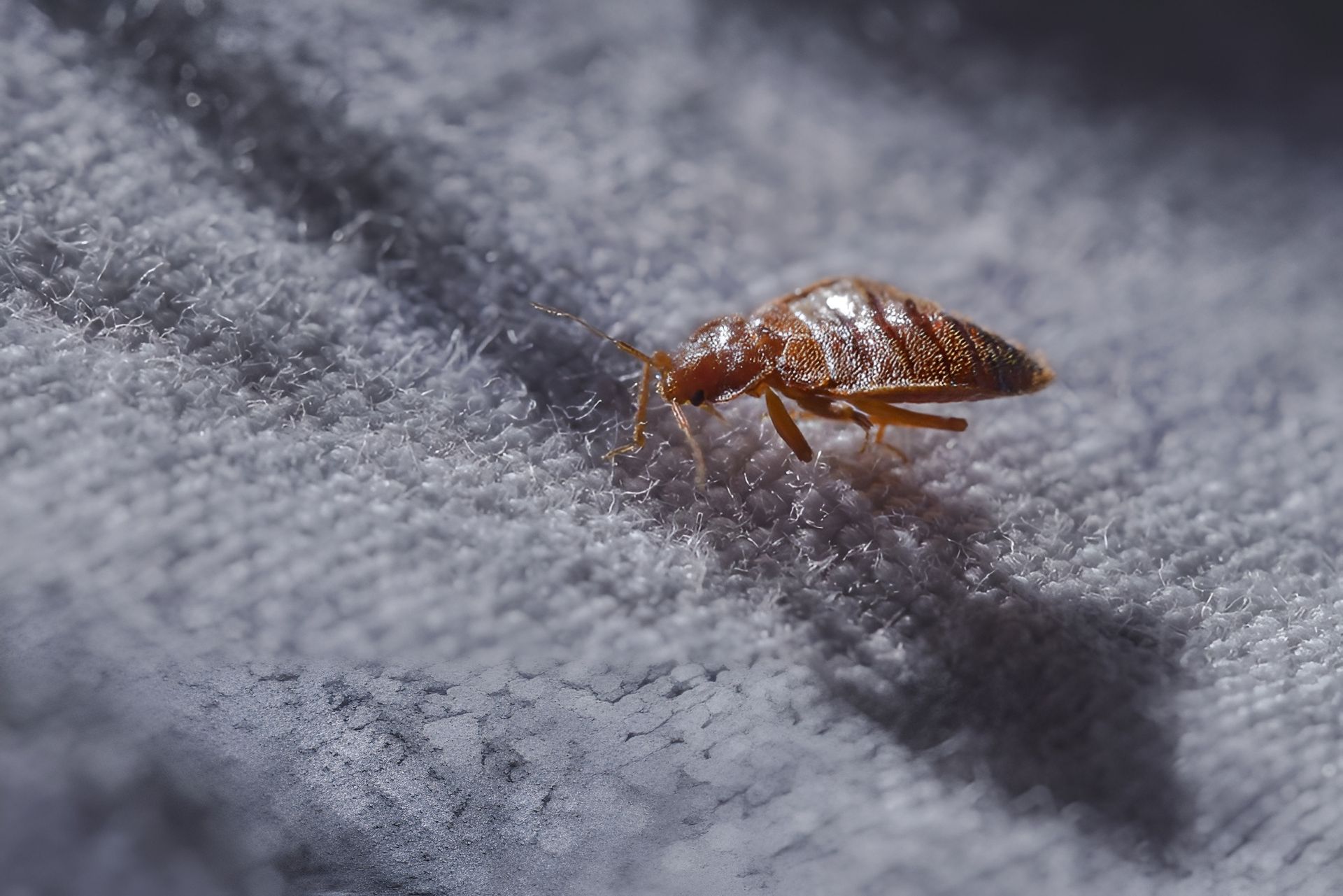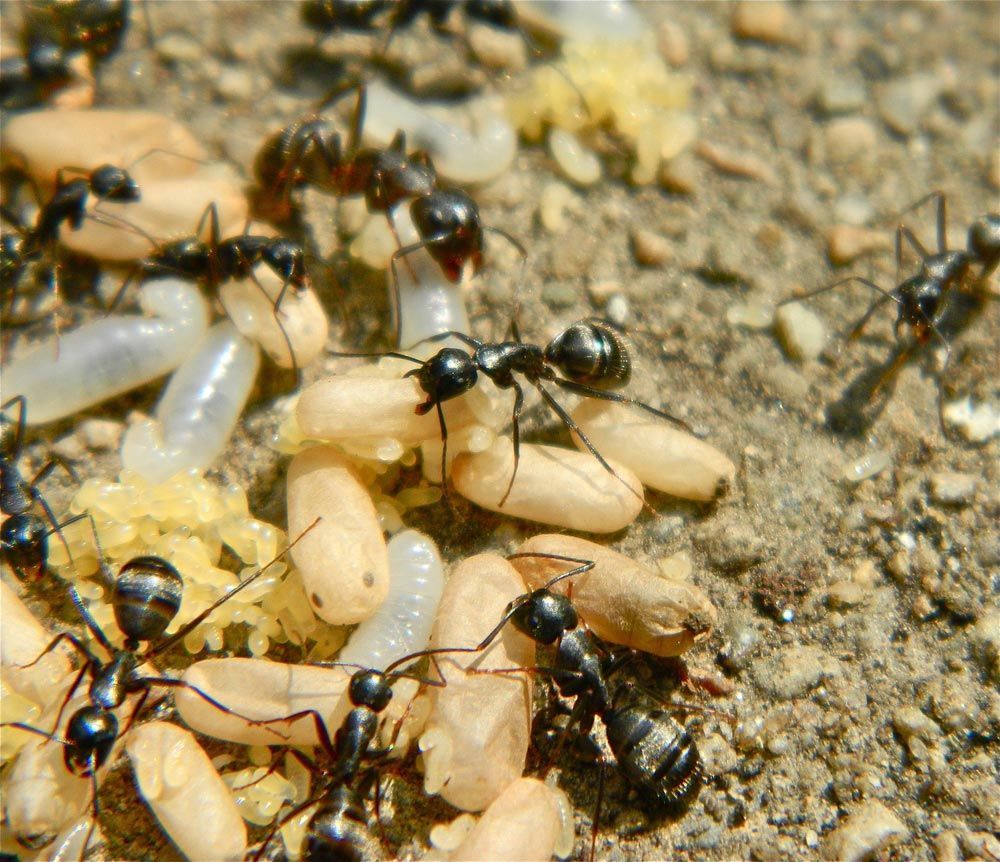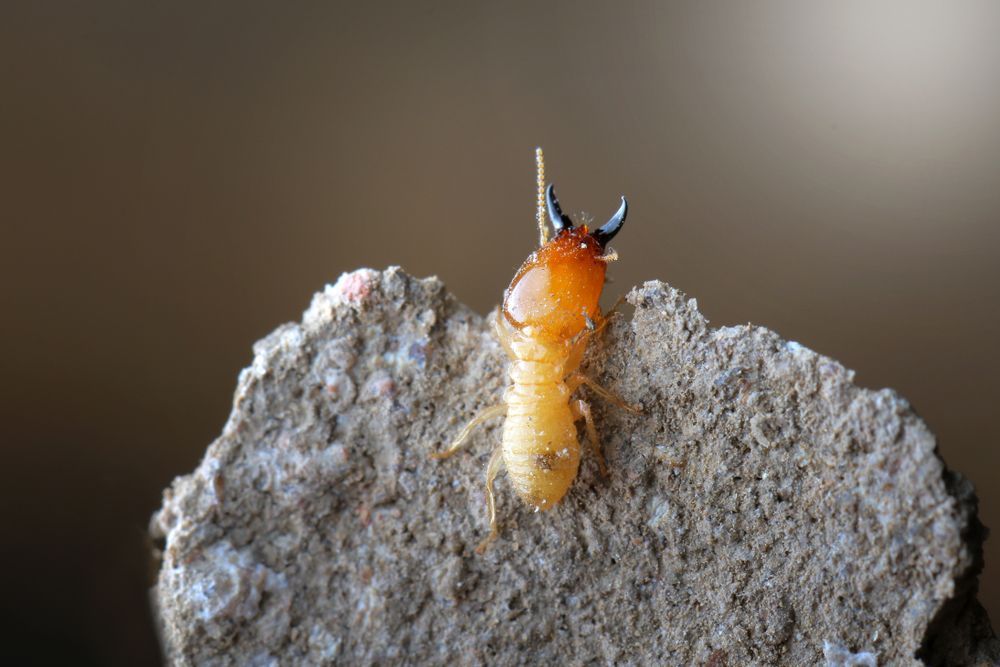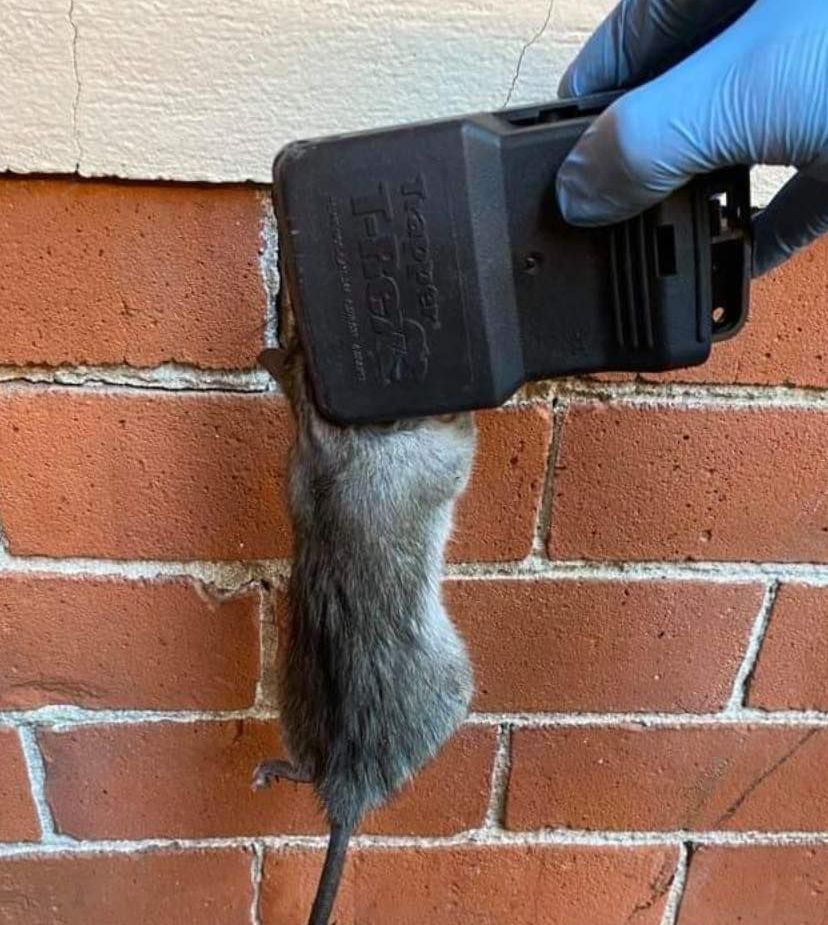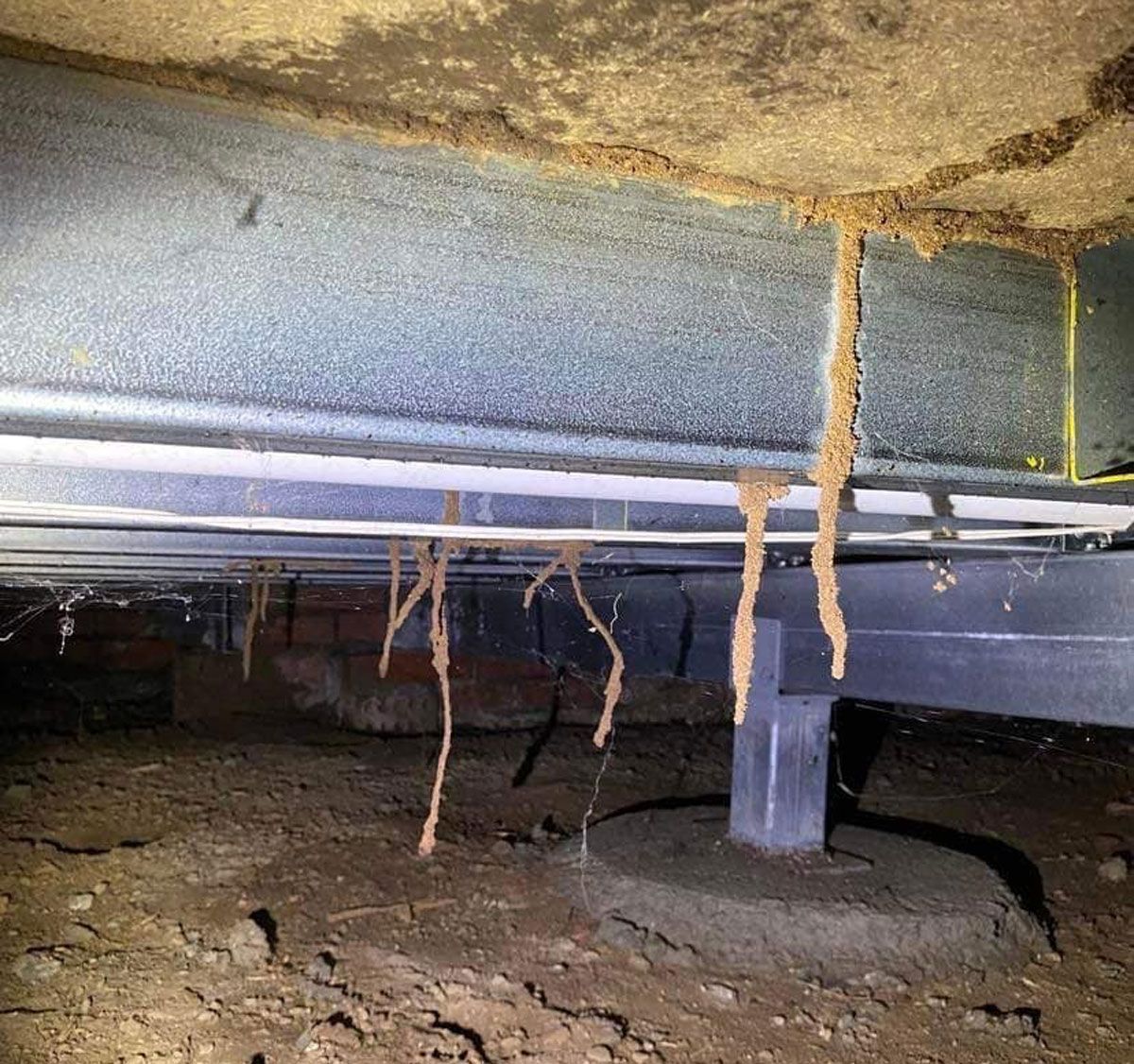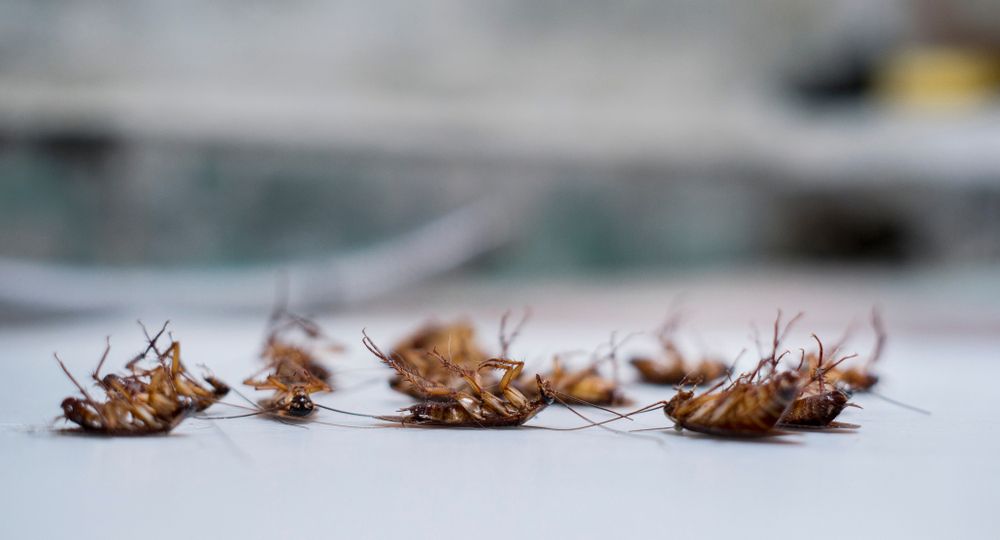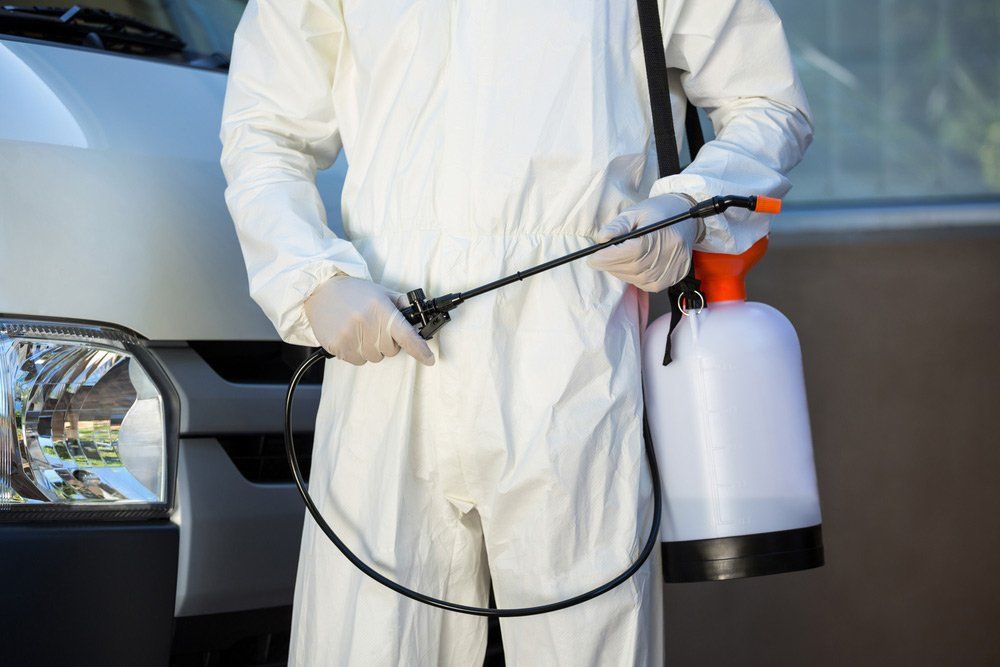Lifecycles Of Common Household Pests
Understanding the lifecycle of common household pests can play an important role in their effective management. Knowing how these creatures breed and develop can allow us to interrupt these cycles. It can help us devise more efficient and sustainable methods to control their growth, limit their damage, and improve our living conditions. In this article, we’ll closely examine the lifecycles of ants, cockroaches and mosquitoes. We’ll also provide insights into how each stage contributes to the challenge of managing infestations.
The Four-stage Journey of Ants
Ants—a familiar sight in many households—have a fascinating and complex lifecycle. Their progression from egg to adult showcases the resilience of ants and highlights why managing infestations can be challenging:
- Eggs: Laid by the queen ant, these are tiny, oval and translucent. Their sheer number can quickly lead to a booming colony.
- Larvae: These creatures require constant care. By nurturing the larvae, worker ants ensure the colony's growth, potentially complicating efforts to control their population.
- Pupae: Ants transform into their adult forms in their protective cocoons. This stage is critical, as it signals the upcoming increase in the colony's active members, making it a key target for intervention.
- Adults: Finally, they emerge as adults, ready to take on their roles within the colony. They are divided into workers and reproductives. Their roles make ant colonies resilient and challenging to eradicate.
The Transformation of Cockroaches
Cockroaches are known for their tenacity. The duration of their lifecycle varies among species, but what remains constant is their ability to thrive in various environments, making them a pest-control challenge:
- Eggs: Enclosed in a protective case called an ootheca, cockroach eggs are shielded from many control methods. A single case can birth numerous nymphs, quickly escalating an infestation.
- Nymphs: After hatching, they undergo several moulting stages, shedding their exoskeleton to grow. Their small size allows them to hide in tiny crevices, making them difficult to detect and eliminate.
- Adults:
Mature cockroaches are highly reproductive. Their mobility and ability to breed make adults especially challenging to control.
Don't Let Pests Control Your Life!
In conclusion, effective control requires a deep understanding of the lifecycle of pests. Being aware of the unique attributes of each stage can help formulate a comprehensive strategy to manage infestations. Anything less than a tailored solution is simply treating the symptom, not the cause.
At
Professional Pest Control, our team has the experience and knowledge to identify and effectively address each stage of a pest’s lifecycle. Our deep understanding of client needs enables us to prevent infestations before they escalate into significant issues.
Contact us today!
